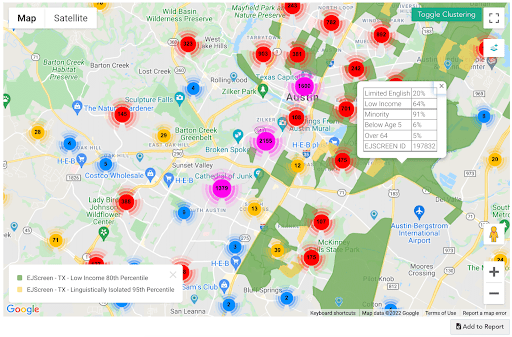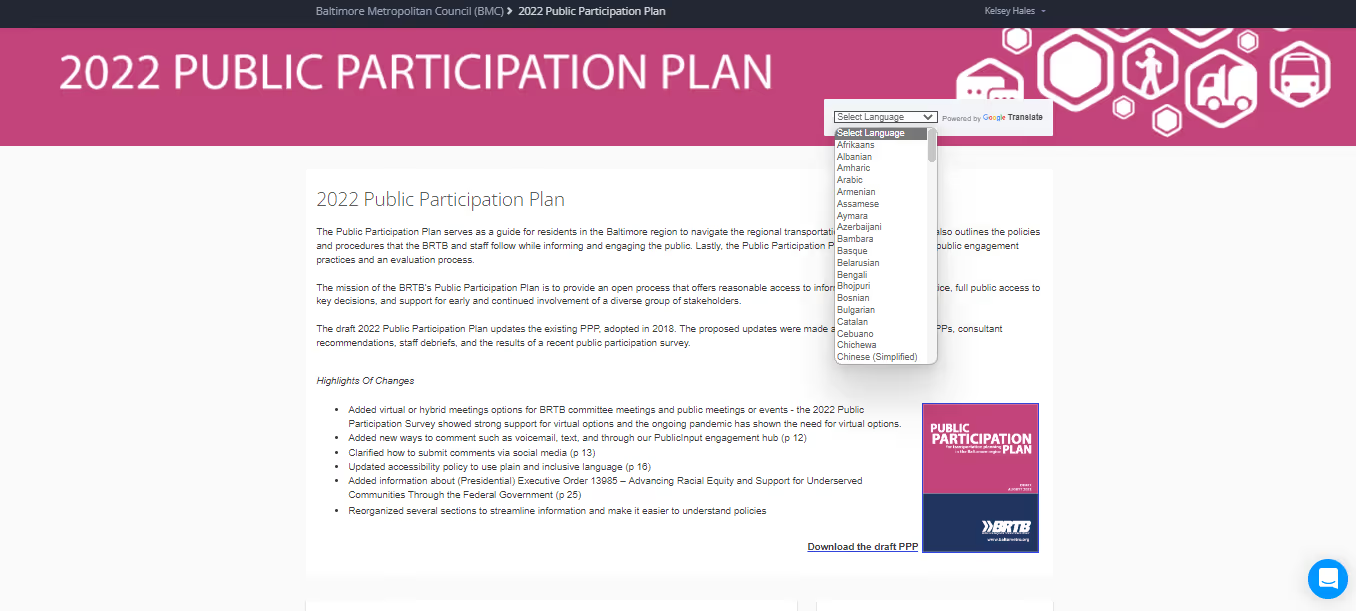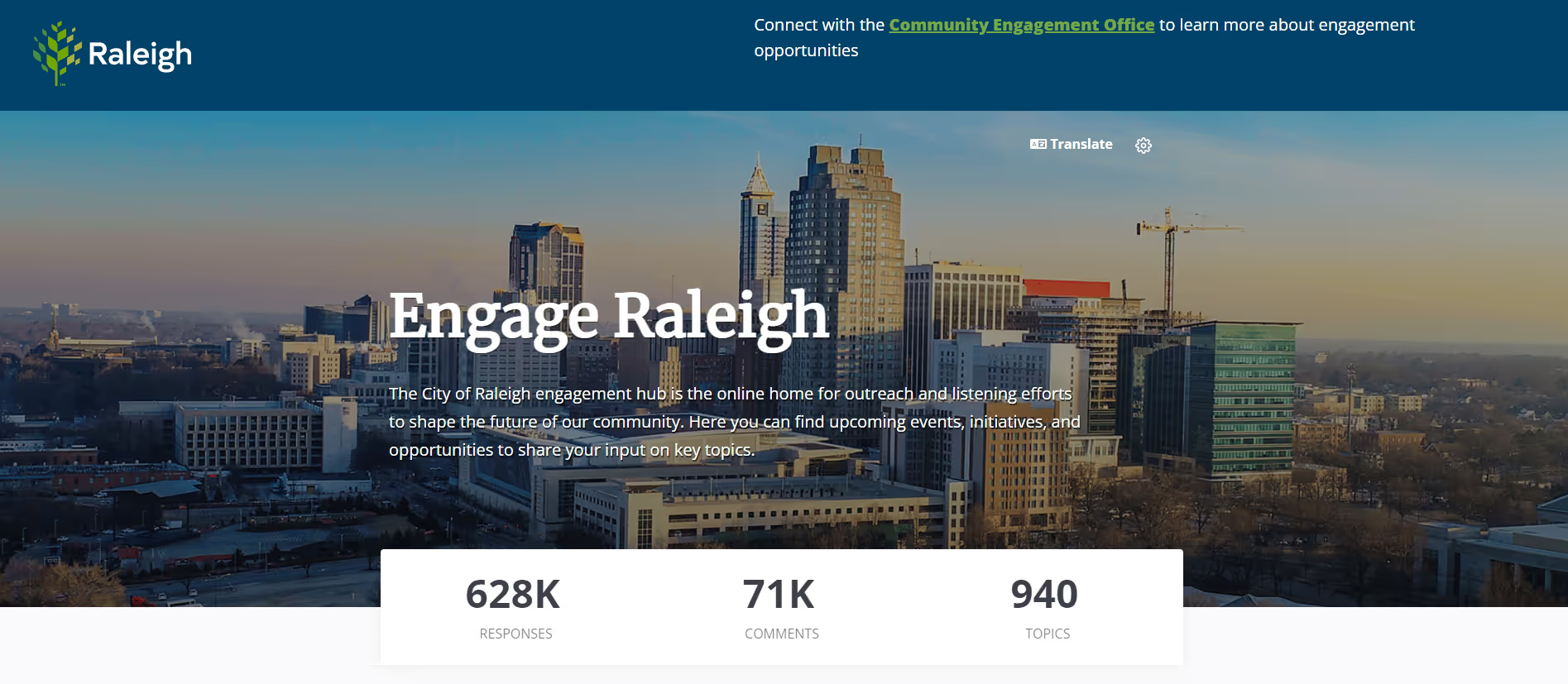Engage Online & Offline

Reach, Include,
& Understand
Traditional outreach often misses when it comes to language barriers, limited internet access, or residents with disabilities. PublicInput bridges that gap. Built for government teams, it brings every phone call, meeting, survey, text, and comment into one platform. From digital tools to in-person, phone, and paper-based outreach, PublicInput helps you engage offline residents and capture online results. With built-in equity mapping, multilingual access, WCAG 2.2 compliance, and mobile-friendly tools, participation easy for everyone. Outreach is consistent and inclusive, with automated promotion via email, social, flyers, and QR codes. Every interaction is logged with secure, searchable records that support transparency, compliance, and trust.

Trusted By Agencies That Refuse To Settle
















Your Online & Offline Engagement Toolkit
Surveys & Polls
Collect feedback to inform policies, plans, and priorities.
Interactive Maps
Let residents pin feedback to specific locations great for zoning, planning and capital projects.
Equity Mapping
Visualize engagement across geography, demographics, and social vulnerability to identify gaps and guide outreach strategy.
SMS/Text Surveys
Reach residents without internet access and boost participation among low-tech or mobile-only communities.
Targeted Emails
Deliver timely updates and requests for input to the right people. Use location-based targeting to connect with affected neighborhoods or interest groups.
Online Comment Forms
Keep feedback channels open 24/7. Collect structured or open-endedinput tied directly to projects, plans, or initiatives.
Voicemail Comments
Let residents leave voice feedback anytime with automatically transcribed messages captured and securely stored for your review.
In-Person Tools
Capture real-time feedback at meetings, tabling events, and workshops.
Social Media Listening
Bring informal input into the official conversation. Capture public sentiment and ideas shared on platforms your community already uses.
Phone-In Participation
Make public meetings more accessible with dial-in options—ideal forthose without computers or broadband.







